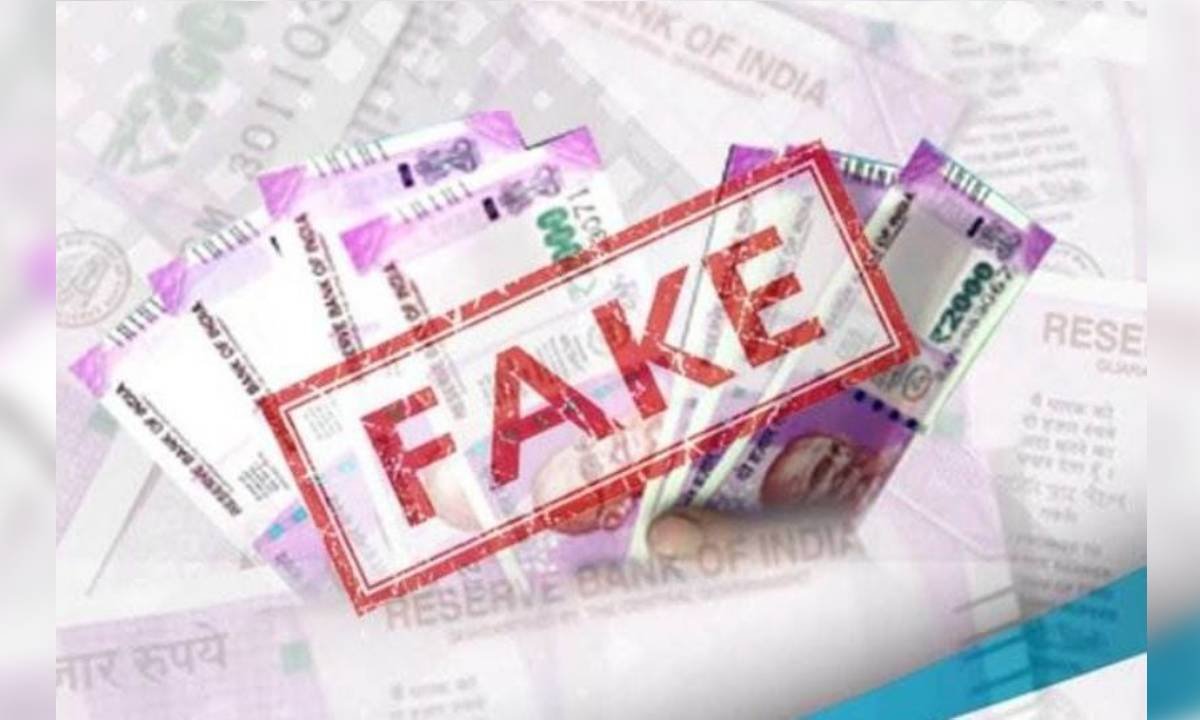
Shah, a resident of Kandivali, has been arrested under section 489-A (counterfeiting currency) and other relevant provisions of the Indian Penal Code. The police are probing how much fake currency the accused has pushed into the market and on whose directions he was printing such notes.
A 22-year-old man was arrested for printing counterfeit notes and Rs 7 lakh in fake currency was seized from his premises in the eastern suburb of Mankhurd Mumbai. Based on a tip-off, the police raided the premises belonging to Rohit Shah, a salesman and seized fake currency of various denominations from his possession. The police also recovered a printer, laptop and other materials, worth more than Rs 2 lakh, used for printing fake currency.
Counterfeit notes detected for various denominations in the banking sector, the Reserve Bank of India ascertained a 101.93% rise in fake notes of Rs 500 denomination and 54% for fake notes of Rs 2,000. The increase rate of counterfeit notes for Rs 10, Rs 20 and Rs 200 were 16.45%, 16.48% and 11.7% respectively. RBI detected an increase of 10.7% in counterfeit notes of Indian denominations in FY22. Counterfeit notes detected for denominations of Rs 50 and Rs 100 declined by 28.65% and 16.71% respectively.
The total number of Fake Indian Currency Notes (FICNs) of all denominations detected in the banking sector increased to 2,30,971 pieces The number of fake currency note of ₹500 denomination detected by the banking system more than doubled to 79,669 pieces in the fiscal 2021-22 over the previous year, according to the RBI annual report. The number of counterfeit notes of ₹2,000 denomination detected in the system was 13,604 pieces during 2021-22, up 54.6% from the preceding financial year.
After declining in 2020-21, the total number of Fake Indian Currency Notes (FICNs) of all denominations detected in the banking sector increased to 2,30,971 pieces from 2,08,625 pieces in the previous fiscal. During 2019-20, the FICNs detected stood at 2,96,695 pieces.”Compared to the previous year, there was an increase of 16.4 per cent, 16.5 per cent, 11.7 per cent, 101.9 per cent and 54.6 per cent in the counterfeit notes detected in the denominations of Rs 10, Rs 20, Rs 200, Rs 500 (new design) and Rs 2,000, respectively,” said the RBI’s annual report for 2021-22.
The counterfeit notes detected in the denominations of ₹50 and ₹100 declined by 28.7% and 16.7%, respectively.During 2021-22, out of the total FICNs detected in the banking sector, 6.9% were detected at the Reserve Bank and 93.1% at other banks, the report said. One of the major objectives of the 2016 demonetisation of the then prevailing ₹500 and ₹1,000 notes was to curb circulation of fake currency notes.
The report also said the total expenditure incurred on security printing during April 1, 2021 to March 31, 2022 was ₹4,984.8 crore as against ₹4,012.1 crore in the previous year (July 1, 2020 to March 31, 2021).Also, the disposal of soiled banknotes increased by 88.4% to 1,878.01 crore pieces during 2021-22 from 997.02 crore pieces in the previous year.
On November 8, 2016, Prime Minister Narendra Modi had announced that Rs 500 and Rs 1,000 notes would cease to be legal tender in India from midnight. Modi had said that the decision had been taken to “fight corruption, black money and terrorism”.
The Rs 2,000-notes and Rs 500-notes with a new design had been introduced after demonetisation. In the annual report released on Friday, the Reserve Bank of India stated that between April 2021 and March, 13,604 fake notes of Rs 2,000 were detected. In the previous one-year period, 8,798 fake notes of the denomination had been found. The number of Rs 500 fake notes jumped from 39,453 in 2020-2021 to 79,669 in 2021-2022, the report said. However, fake notes in the denominations of Rs 50 and Rs 100 declined by 28.7% and 16.7%, according to the RBI. While one of the major goals of demonetisation announced by Prime Minister Narendra Modi was to eliminate fake currency from the system, the maximum number of cases of counterfeit in India still relate to fake currency, followed by alcohol and FMCG. Most of such cases took place in Uttar Pradesh. The counterfeit cases in UP were more than three times that of the second in the list, Bihar. However, counterfeit crimes increased at a rate of 82 per cent on-year in Bihar, which was the highest.

